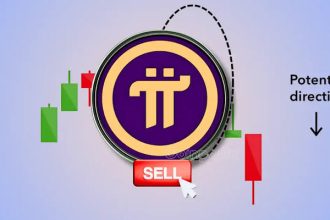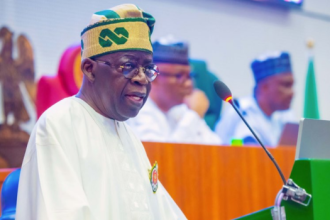We see a more creative and approachable method for developing a user-centric experience where participants can gain usefulness as we advance into the NFT 2.0 technology arena. Additionally, Web3 marketers are researching how companies might position themselves to continue making money from NFT endeavors while enhancing the value of their goods. However, customers need storytelling and value proposition for NFTs to succeed in the Web3 ecosystem, particularly in a setting where technology is continually changing.
In order to increase brand awareness and practical utility for the customers they interact with, Web3 marketing agencies have been carefully integrating brands into the metaverse. To provide a valuable experience and maintain brand loyalty, a company’s digital assets must include audience and community participation.
Brands have a place to reinvent themselves in the metaverse. They don’t necessarily have to give exactly the same thing in the metaverse as they do in the real world.
Having said that, businesses that have effectively entered the metaverse respect their primary mission while finding novel ways to communicate it. For instance, the Curry brand of Under Armour was able to introduce a metaverse campaign of unique digital shoes that went beyond the simple act of purchasing virtual shoes.
Continual releases of the digital assets were made throughout the 2022 NBA Playoffs and were dependent on Steph Curry’s effectiveness. It provided viewers with a fresh method to interact with every NBA game they watched and allowed Under Armour to connect with new people as it expanded its digital footprint .
Such a campaign serves as an example of the behind-the-scenes effort that the brand, creative agencies, and marketing agencies must perform in order to create a successful activation. A brand must consider community as the main goal of an NFT or metaverse campaign rather than just profit. What brands are doing right now will influence the future of the metaverse, which is currently in a raw condition. There is no status quo, no accepted standard for what consumers should expect, and as more companies provide their customers with useful digital assets, they will have a far stronger competitive edge as this new market matures.
Establishing a value-driven, seamless NFT 2.0 environment
NFTs have received a lot of attention over the past year, but NFT 2.0 has the ability to expand on that potential for a larger audience by adding more usefulness to the infrastructure that already exists. Digital artwork, in-game objects that may be utilized in many games, music, and other collectibles are some examples of these assets.
On a tiny scale, a designer may create a shirt for an avatar, sell it as an NFT to one user at a time, and use the blockchain to track sales. By expanding on this concept, a big brand might develop a comparable artwork concept using their emblem and keep track of thousands of different NFT transactions.
Successful NFT/Web3 communities owe a lot of their success to the fact that they gave its holders and users opportunities. However, the prosperous communities also cater to those who are looking at the project from a long-term perspective, such as those who decide to buy a virtual property in the metaverse.
A large portion of that opportunity has been financial gains for the users as they profit from market fluctuations. When community members collaborate and produce material for one another or even develop unique channels, such as a Discord community, for networking and collaboration opportunities, this is another illustration of a long-term possibility.
Although brands cannot force people to participate in their digital initiatives, they can potentially develop a community of devoted customers by enlisting a small number of customers who perceive the project’s long-term worth. Therefore, everyone creating an NFT community should consider what chances and value they may provide investors beyond an immediate cash gain.
The metaverse and Web3’s future of brand positioning
For marketers looking to demonstrate effort in this industry, the bear market that NFTs and cryptocurrencies have been in during 2022 is a barrier. However, despite market value, a lot of companies are still launching activations, which shows how much potential brands will have once the market heats up. Brands should integrate an NFT or metaverse activation that generates value and interoperability in their future marketing strategies.
Examples include creative designs that can be used in various games, branded artwork for social media platforms, or even encouraging emerging artists or musicians to participate in a brand competition with a prize. Fostering participation and promoting engagement, promoting interoperability and creating value will be three main components for future brand positioning.
Additionally, there has been a major increase recently in the production of Mint passes, which are useful to owners for a considerable amount of time. This is perhaps because people are starting to lose interest in projects with big profiles but delayed utility. This suggests that companies looking to enter the NFT market should be prepared to use their resources and actual goods to quickly and fairly convey their messages to the Web3 community.
Brands have endless potential in the metaverse and with NFT activations, but as this market develops, their efforts must be done right with community-building as a key element. It’s encouraging to observe the rapid increase over the past 12 months, which is predicted to continue soon.












